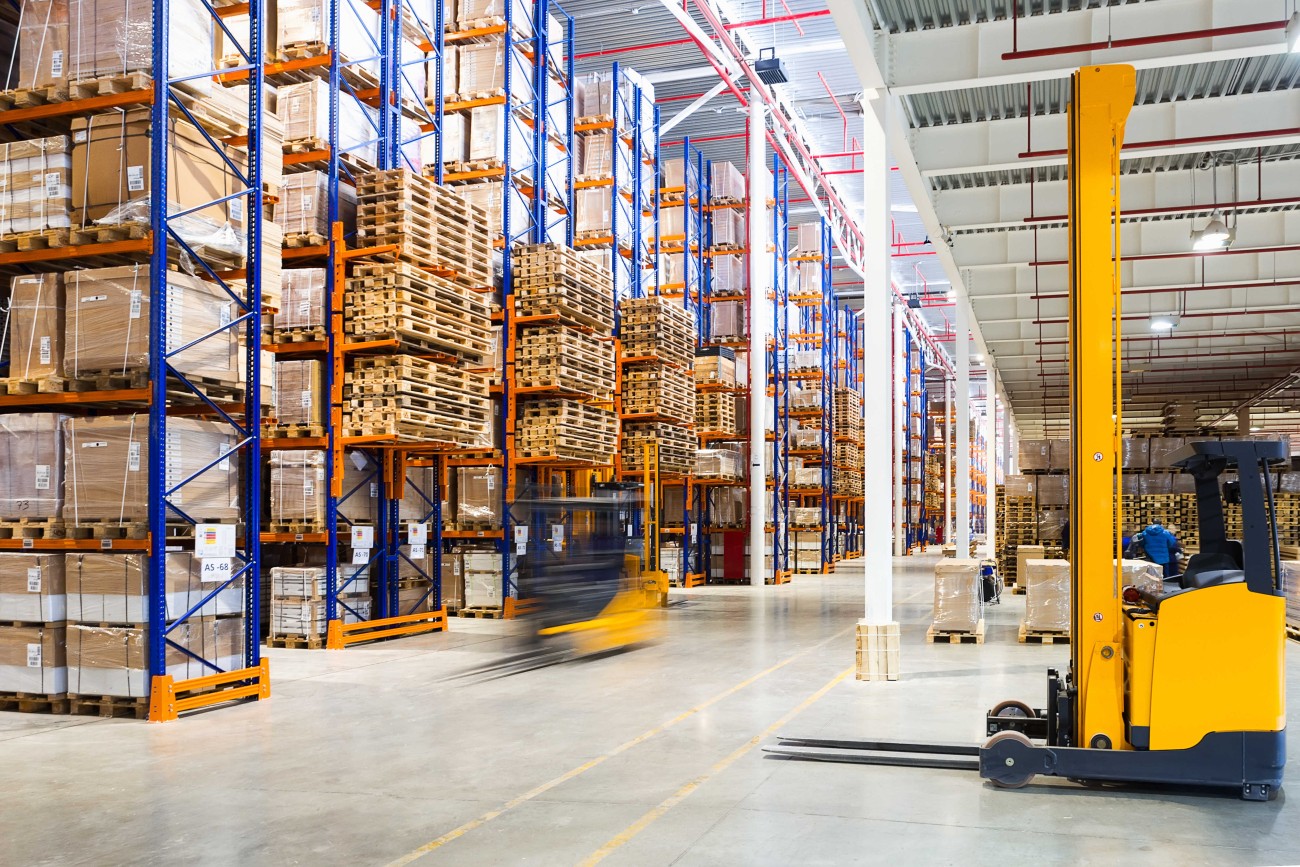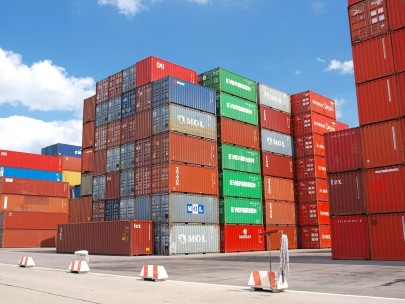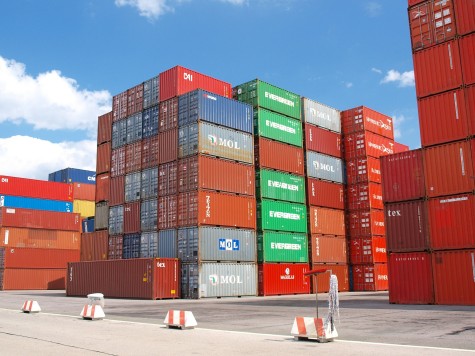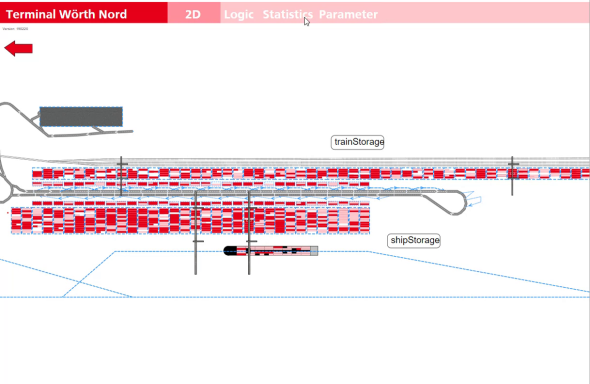Due to the increasing transport capacity in container transport and the resulting increase in container handling, many hinterland container terminals are reaching their capacity limits. New innovative solutions are needed to expand existing capacities and increase efficiency in container handling. Characterized by efficiency pressure and the high competition between container terminals, automated systems are gaining ground in container handling, similar to many other industries.
The aim of the cooperative research is to develop a simulation model for mapping and investigating the automation of processes of a hinterland terminal. Together with Contargo GmbH & Co. KG, this is to be done using the case study of the trimodal terminal in Wörth am Rhein. This model is used to identify and evaluate factors influencing the system behavior of a terminal. In addition, the project will evaluate various planning alternatives with regard to the expected operational requirements in the future. Among other topics, the following exemplary questions will be investigated and answered in the simulation:
- What number and type of resources (e.g. water-side cranes) are required in the terminal? How can storage and handling capacities be coordinated with regard to space utilization and process efficiency?
- How do changing processes due to automatization affect the terminal's handling performance and process costs?
- Which factors have the greatest impact on the performance of the dynamic system? (E.g. What role do different arrival times or the distribution of arrivals to the three transport modes play?)
Key Data:
Project Duration: May 2018 until October 2018
Partners: Contargo GmbH & Co. KG





